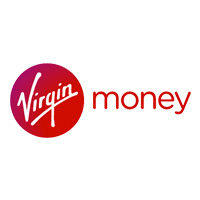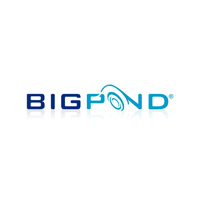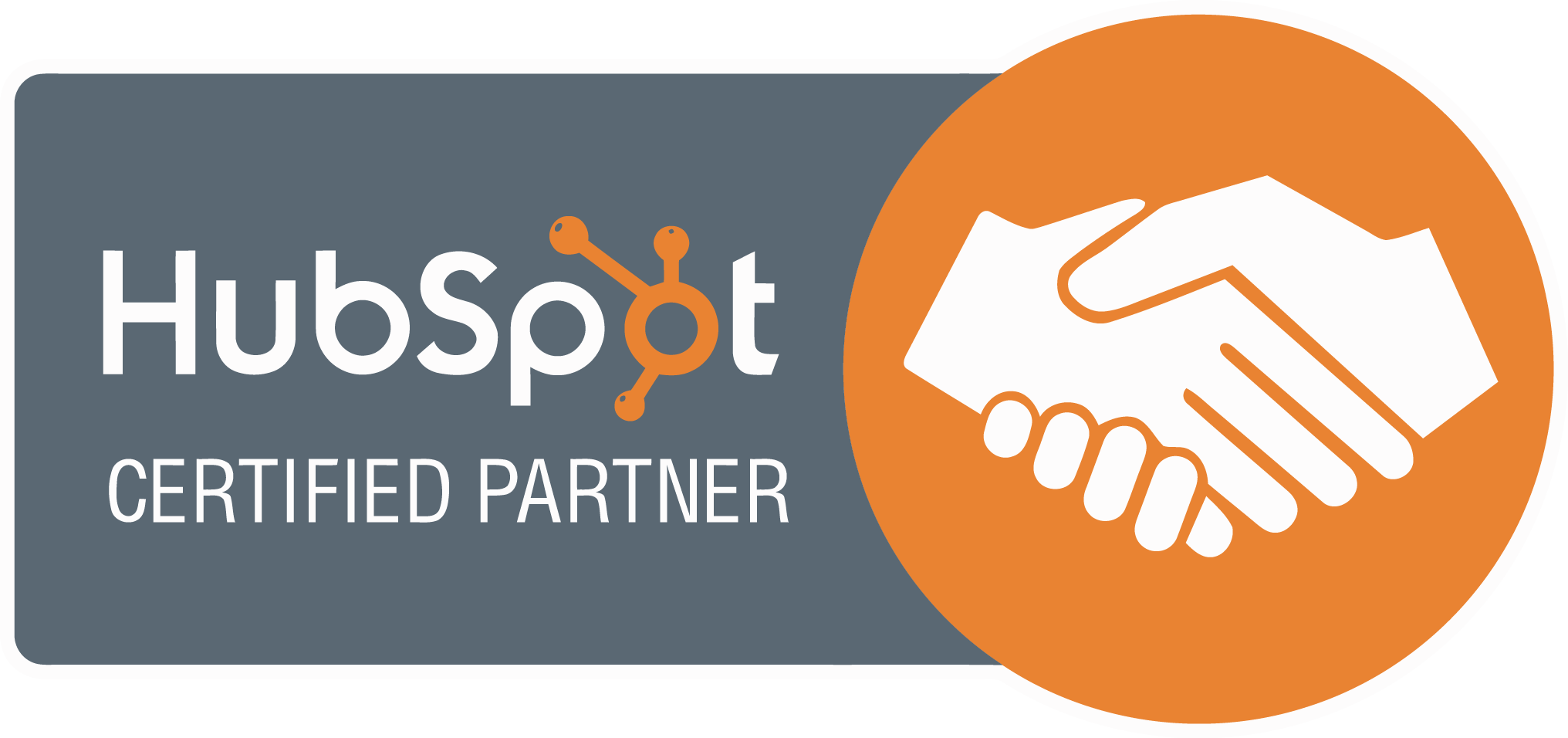Navigating the world of digital marketing can be challenging, especially when it comes to understanding various advertising models. A commonly discussed term in online advertising is CPC or Cost-per-Click. But what exactly does CPC mean and how does it impact your marketing efforts? This guide breaks down the essentials of CPC advertising, explores its advantages and provides steps to help you begin.
Understanding CPC Advertising
What is CPC? CPC is a model used primarily in pay-per-click (PPC) advertising, where advertisers pay a fee each time a user clicks on their ad. This approach is commonly employed on platforms like Google Ads and social media networks. The essence of CPC is simple: you only pay when someone expresses interest in your ad by clicking on it. But why is this method so popular among marketers?
One significant advantage of CPC advertising is that it precisely measures return on investment (ROI). Since you can directly link ad spend to user engagement, it’s easier to calculate how much you’re earning in relation to what you’re spending. This model is particularly beneficial for businesses with limited budgets, as it allows for better control over advertising expenses.
How is CPC Calculated?
The calculation of CPC is relatively straightforward, but it requires a grasp of a few key metrics. CPC is derived from the total cost of your campaign divided by the number of clicks that ads receive. For example, if you spent $100 on an ad campaign that generated 100 clicks, your CPC would be $1.
However, it’s essential to consider that not all clicks are equal. Factors such as ad quality, relevancy and the competitive landscape will influence the CPC you pay. The more aggressive your bidding strategy combined with the quality of your ads, the better your chances of lowering your costs and increasing your ad visibility.
The Benefits of CPC Advertising
What is CPC advertising? Well, first and foremost, it allows for precise targeting. Since you’re paying for each click, ensuring that your ads reach the right audience is vital. This leads to better engagement rates, as the ads are served to u are more likely to be interested in your product or service.
Additionally, like CPA, CPC advertising allows for flexibility and testability. Marketers can experiment with different ad formats, messaging and targeting strategies to see which performs best. With real-time analytics, you can tweak your campaigns on the go, maximising efficiency and effectiveness.
Tips for Optimising Your CPC Campaigns
To maximise the effectiveness of your CPC advertising campaigns, it’s essential to follow a strategic approach. Here are some detailed tips to help you optimise your efforts:
1. Research Keywords
Start by using keyword research tools to identify high-volume, low-competition keywords relevant to your business. Consider the intent behind each keyword, whether commercial, transactional or informational. This will ensure that your ads reach users who are more likely to convert.
2. Create Compelling Ad Copy
Ad copy is often the first interaction potential customers have with your brand. Therefore, focus on writing clear, concise and engaging ads. Highlight unique selling points and include a strong call to action (CTA) that encourages users to click. Using emotional triggers or addressing pain points can also make your ads more appealing.
3. Utilise A/B Testing
Implementing A/B testing is crucial for continuous improvement. Regularly test different versions of your ads, from headlines and descriptions to images and CTAs. Analyse the results to see which variations perform better. This iterative process allows you to refine your ads over time, ultimately increasing your click-through and conversion rates.
4. Monitor Your Metrics
Keep a close eye on key performance indicators such as your Cost Per Click (CPC), conversion rate and overall Return on Investment (ROI). Establish benchmarks to measure performance against and be proactive in identifying trends. Tools like Google Analytics can provide valuable insights into how your website’s ad traffic is converting.
5. Adjust Your Bids
Be flexible with your bidding strategy. Analyse the performance of different keywords and ads and be prepared to adjust your bids accordingly. Increasing your bids for high-performing keywords can enhance visibility while reducing bids for underperforming ones can help you save costs. Consider using automated bidding strategies offered by platforms that optimise conversions or clicks.
6. Refine Landing Pages
Ensure that your landing pages are optimised for conversions. The experience after a user clicks on your ad should be seamless and align with the ad’s promise. Use clear headings, concise text and strong CTAs, and ensure the page loads quickly on mobile and desktop.
Understanding what CPC is and how it works is essential for anyone venturing into the world of online advertising. By leveraging the principles of cost-per-click advertising, businesses can gain greater control over their marketing budgets while effectively reaching their target audience. With the right strategies and continuous optimisation efforts, CPC can be a powerful tool in your digital marketing arsenal.
If you want to increase your online presence and drive traffic to your website, contact us today.
GET IN TOUCH
Get a Free Quote








